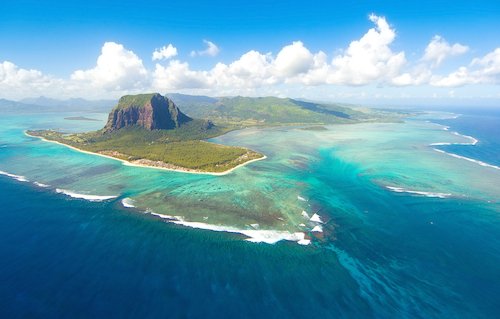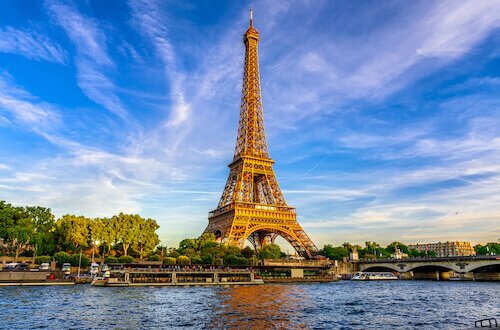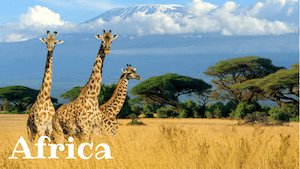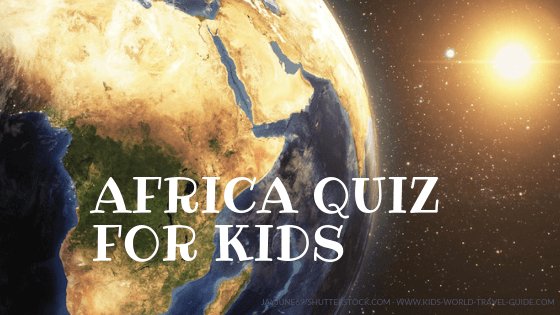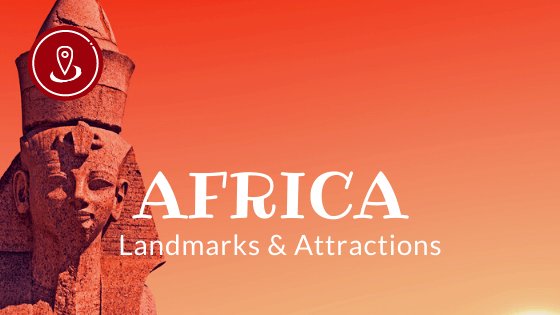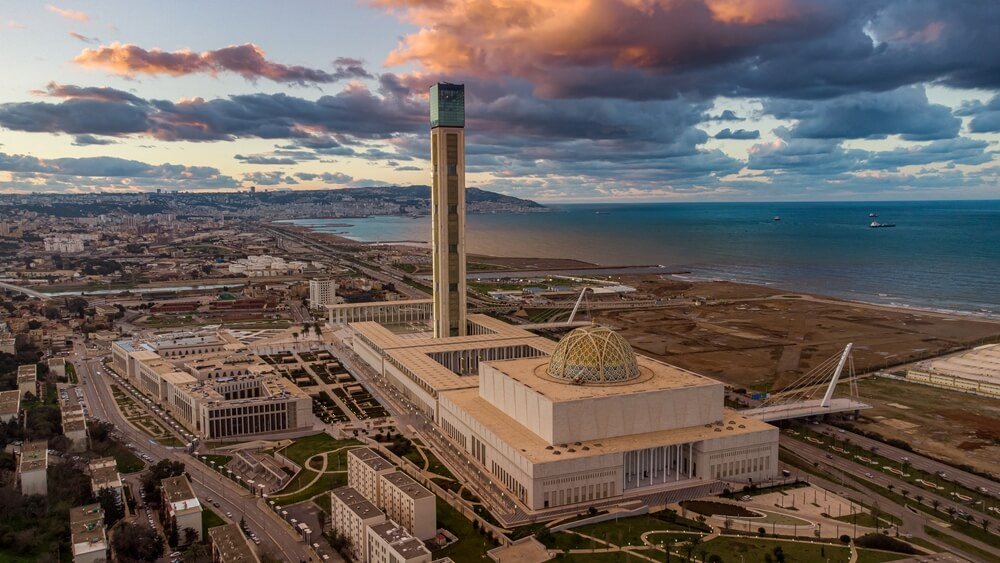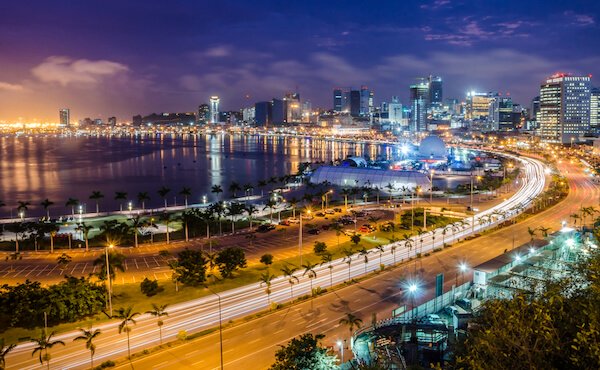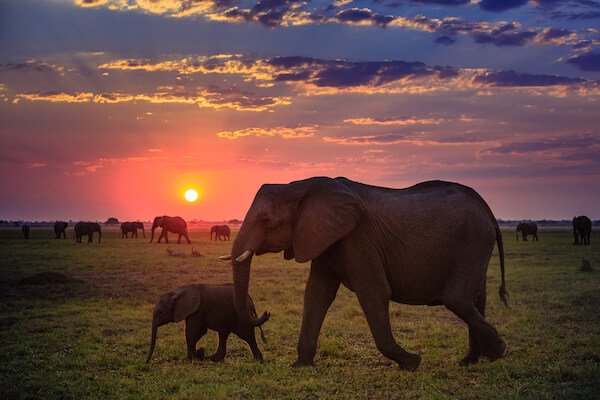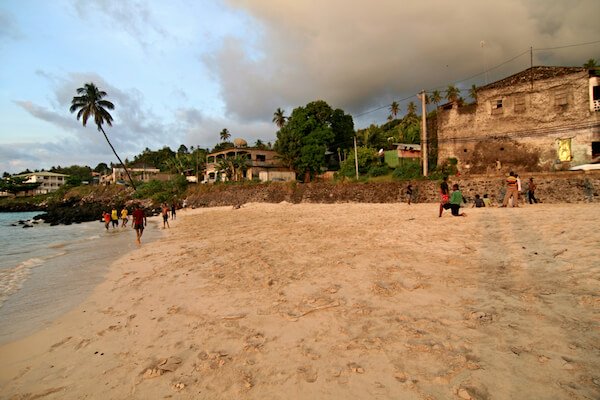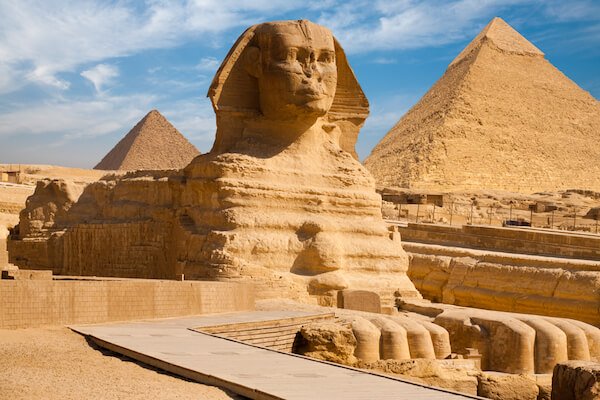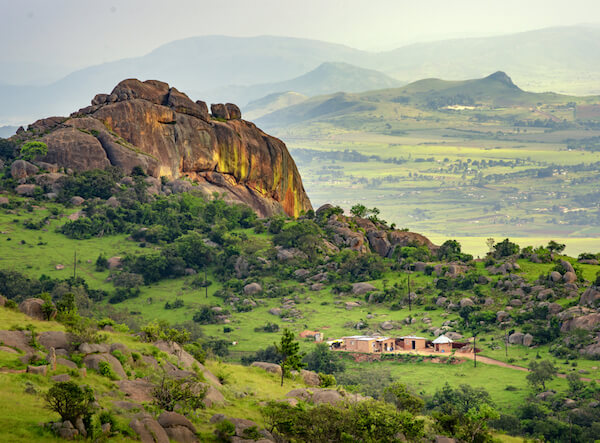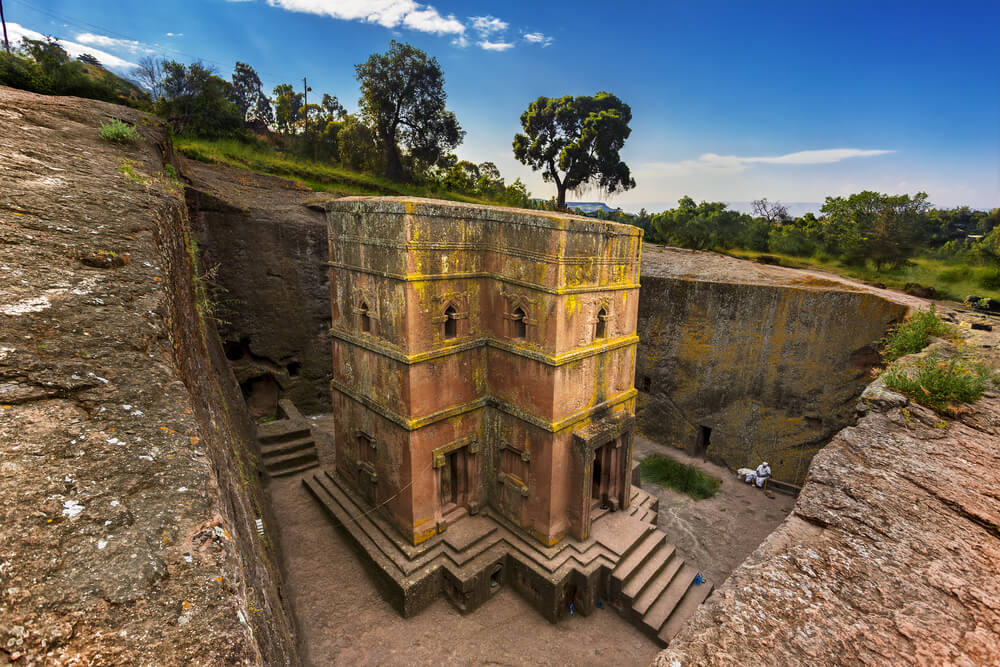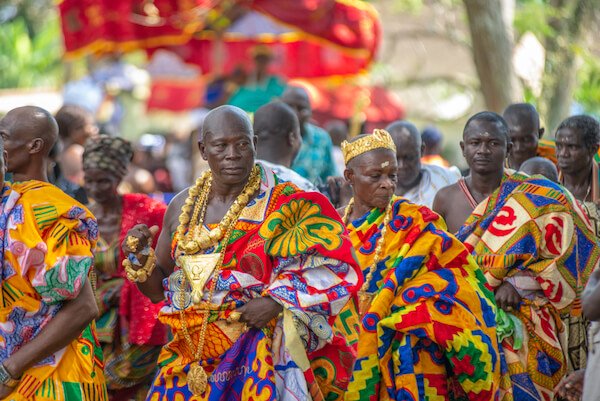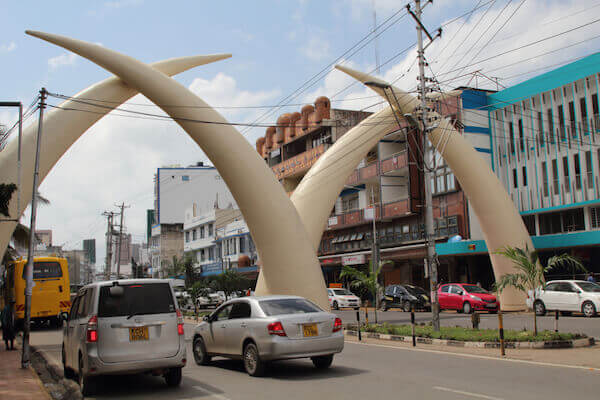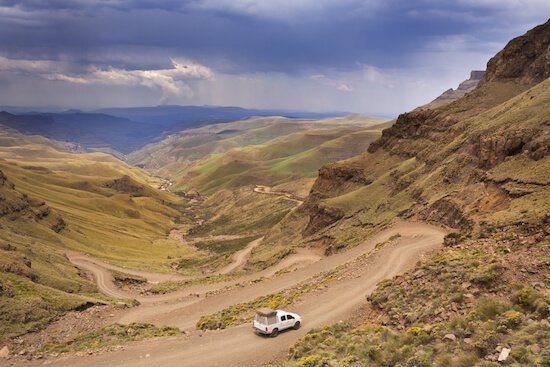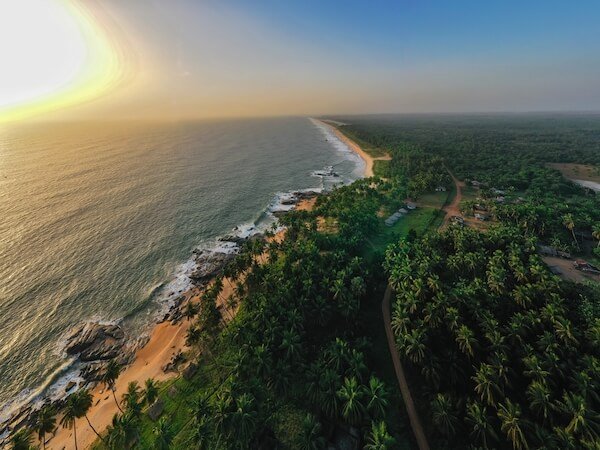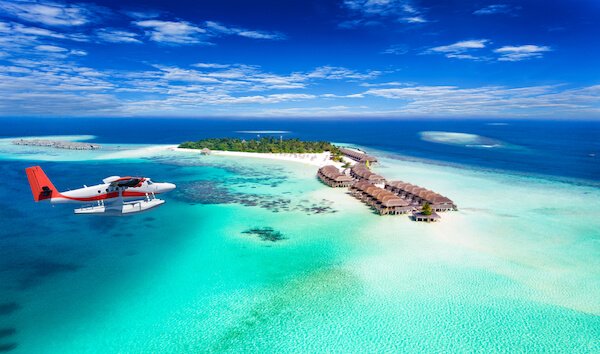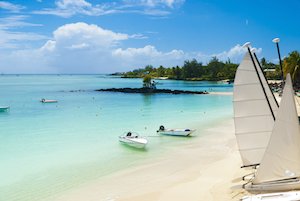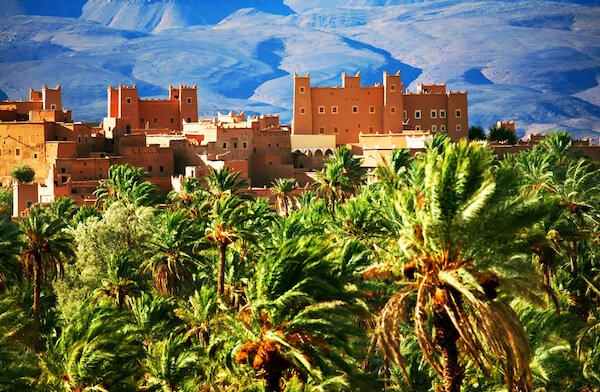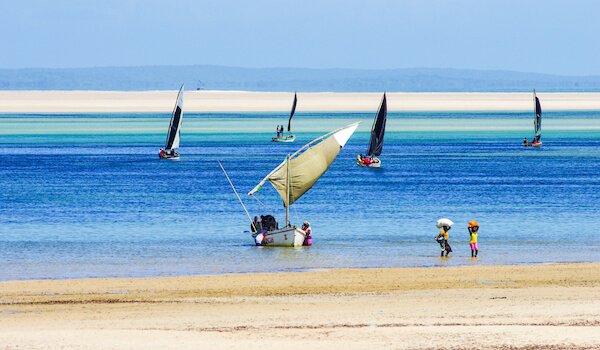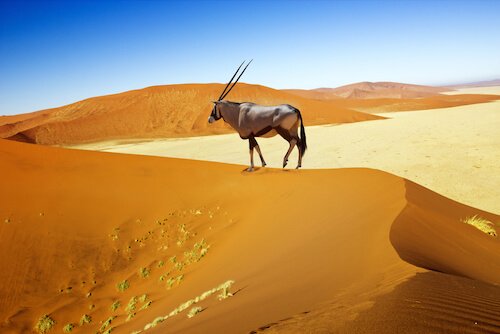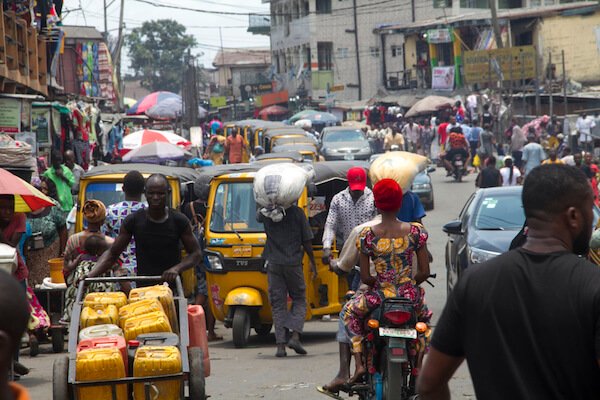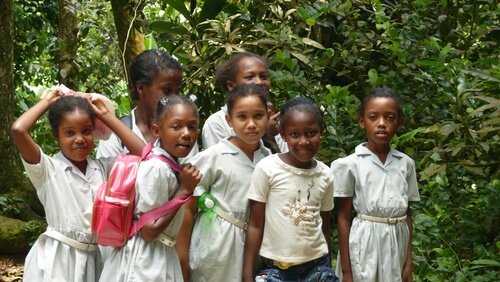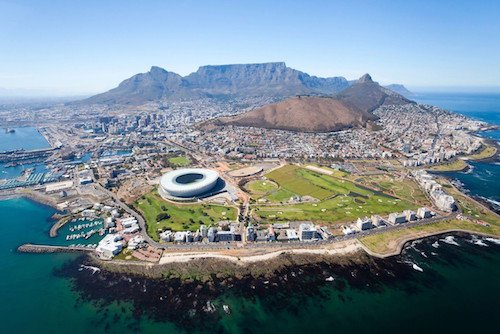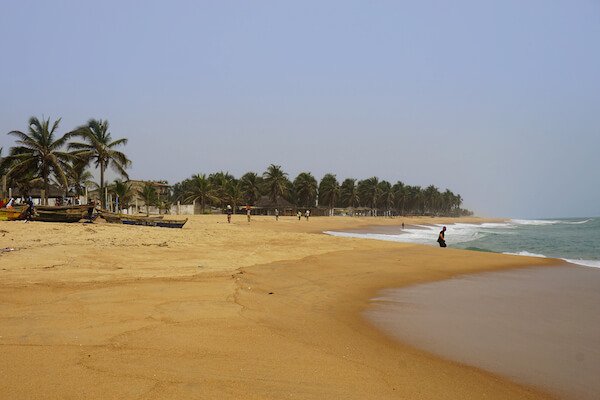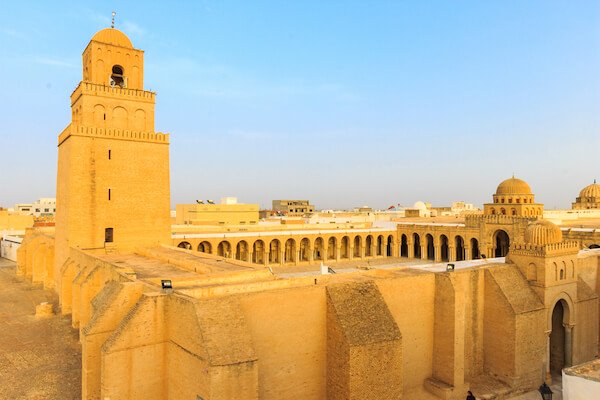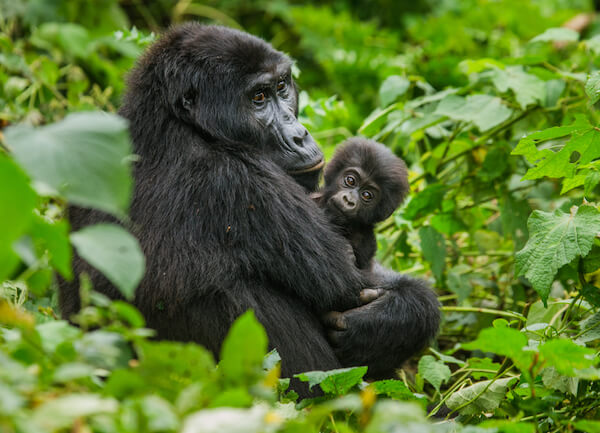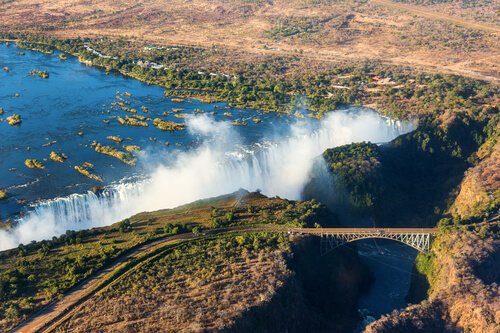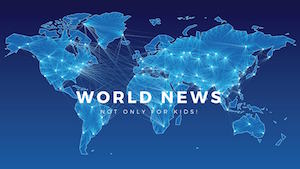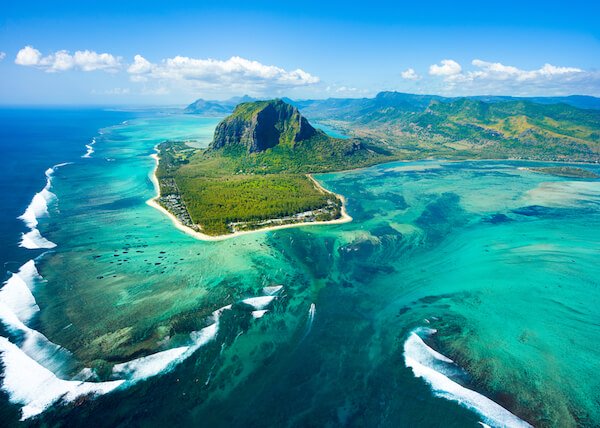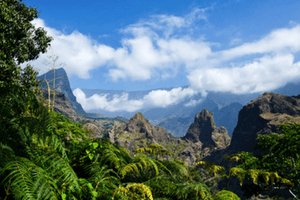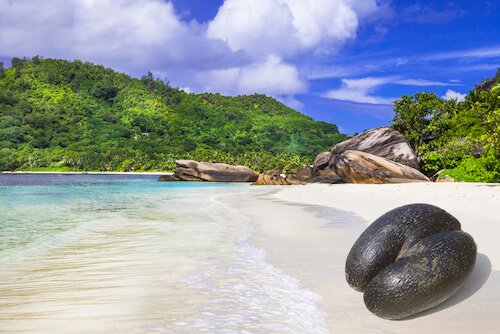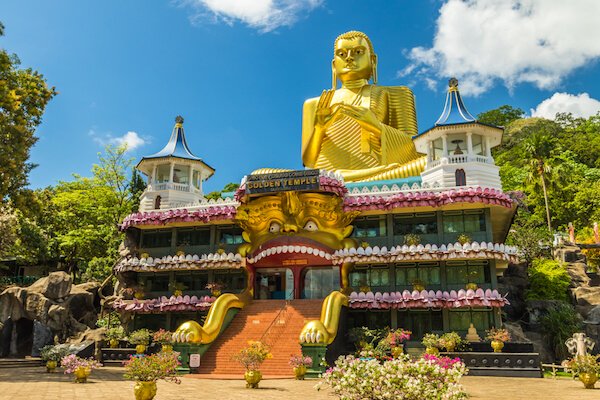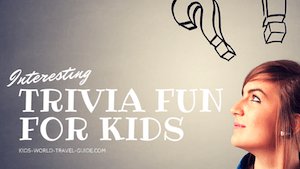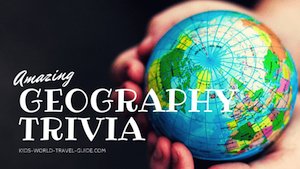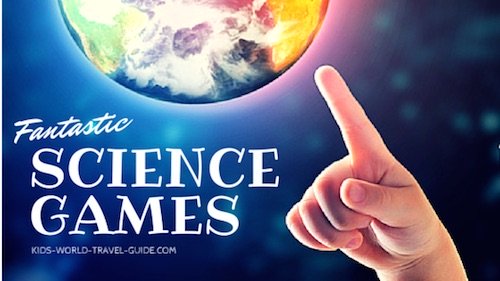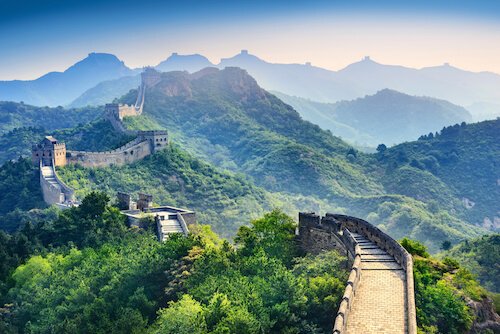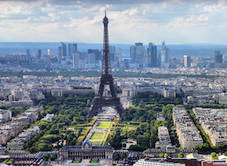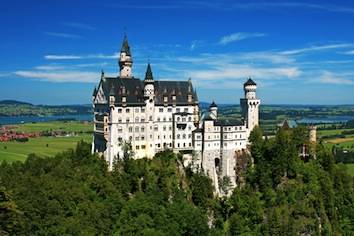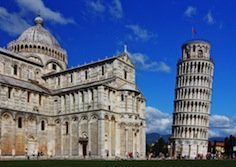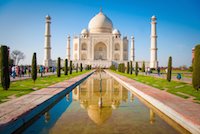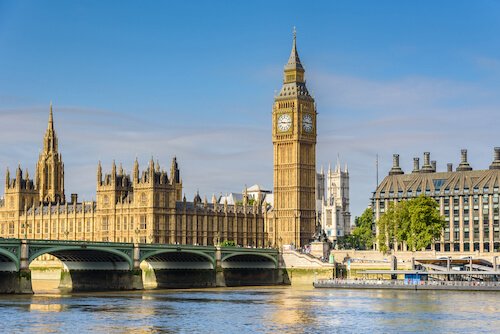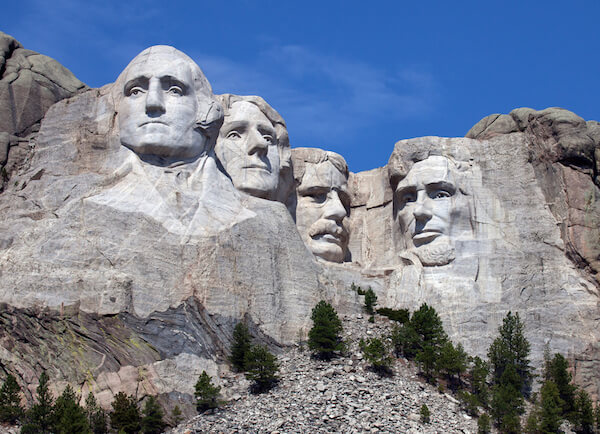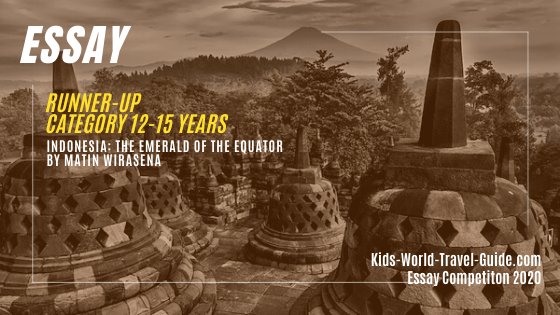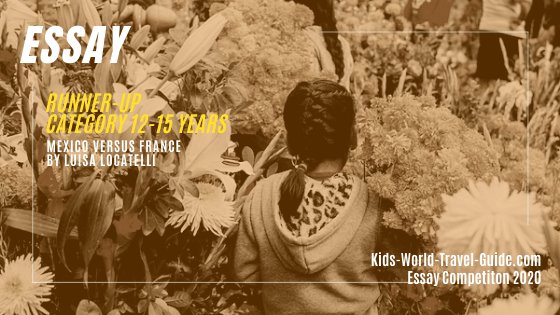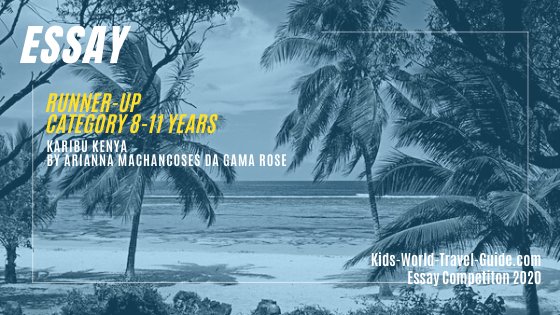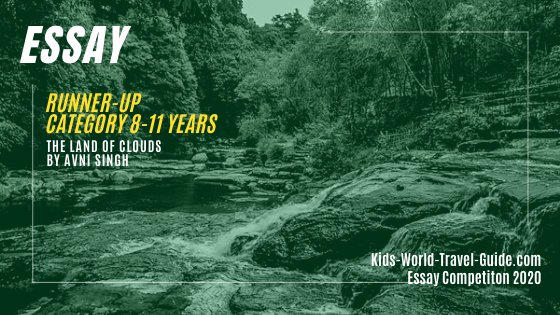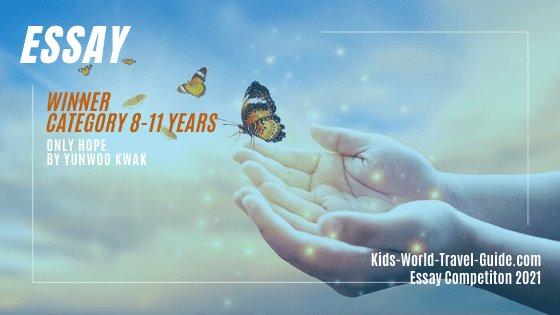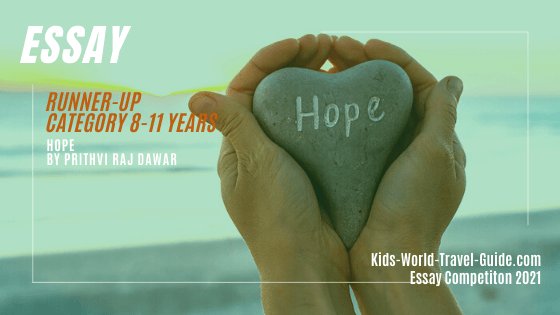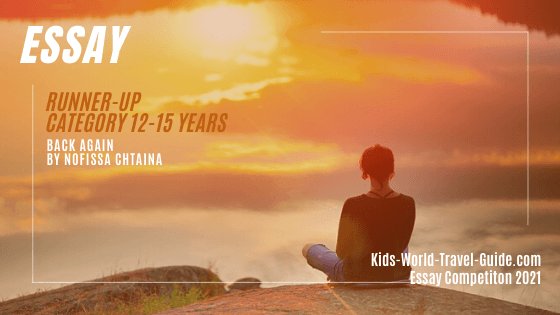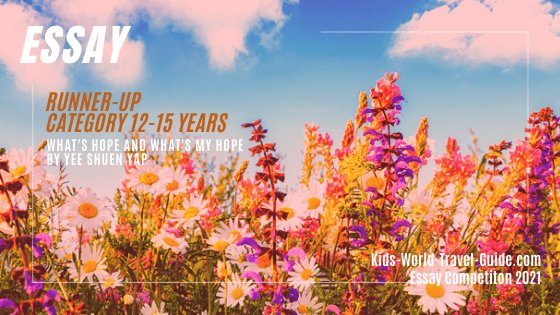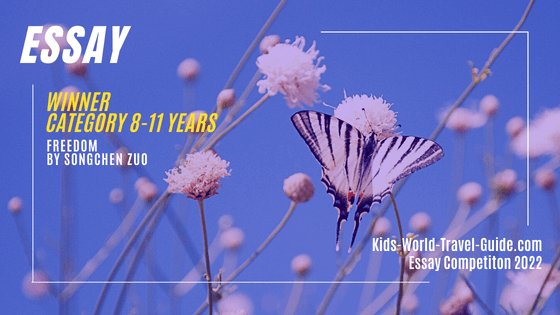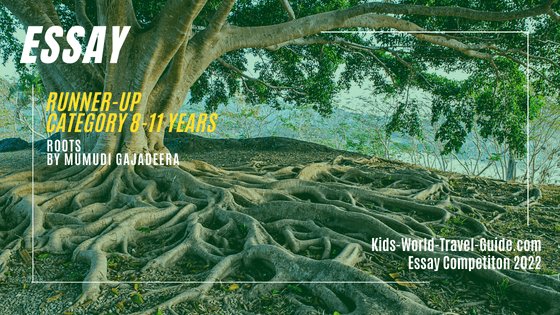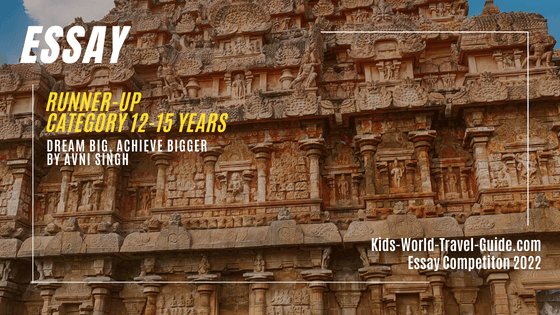- Homepage
- Madagascar
Facts about Madagascar
Madagascar for Kids
Manahoana! Hello! Our fascinating facts about Madagascar will tell you about Madagascar and Malagasy superlatives as well as Madagascar "Firsts". We have travelled and explored this beautiful African country and brought back some stunning insights about this wonderful island country and the lovely Malagasy people!
Now enjoy our 32 facts about this fantastic Indian Ocean island!
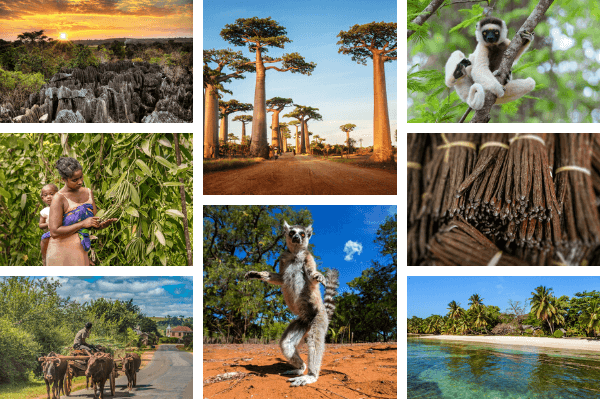 Madagascar
MadagascarFacts about Madagascar
1. Madagascar is the second largest island country in the world - after Indonesia. Madagascar is also the fourth largest island in the world - after Greenland, New Guinea and Borneo.
2. Madagascar is an island on the African continent and located in the Indian Ocean to the east of Mozambique and Tanzania. The main island is about 400 km/ 250 miles off the East African coastline. There are numerous small islands located along the 5,000 km/ 3,100 miles long coastline of Madagascar.
3. Madagascar is called Madagasikara or simply Mada in the Malagasy language. The name Madagascar goes back to explorer Marco Polo who first reported of the island. European travellers only arrived on the island in the 15th century.
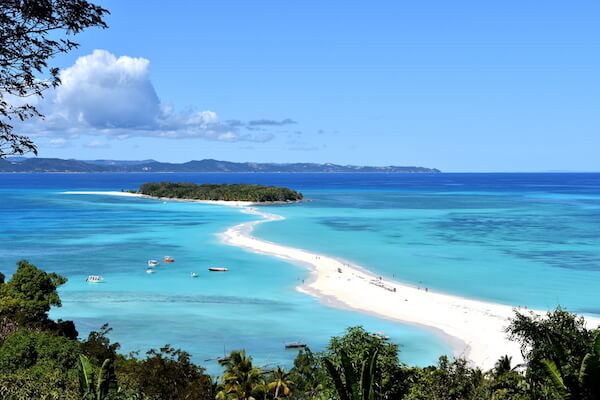 Nosy Iranja - island off the Madagascar coast
Nosy Iranja - island off the Madagascar coast4. Madagascar is roughly four times as big as Georgia/USA or slightly smaller than Spain and Portugal combined. However, the island is with 27 million inhabitants much less populated.
5. The capital city of Madagascar is Antananarivo, also commonly referred to as Tana. Antananarivo is the country's largest city with more than 3.6 million people.
6. Antananarivo is situated at 1,280 m/ 4,199 ft above sea level and the historic centre with the Queen's palace is located on Analamanga hill. There are 12 hills surrounding the capital city. The 'lower town' houses the commercial districts and is surrounded by extensive rice fields.
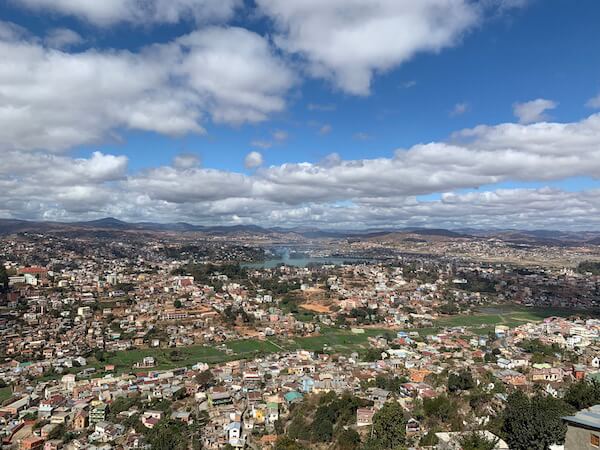 Antananarivo as seen from the Queen's Palace hill
Antananarivo as seen from the Queen's Palace hill7. The first Imerina king was Andrianjaka. He built the first rova on Analamanga hill. Rova means royal fortress.
The rova and the royal tombs are located in Haute-Ville which means Upper Town. The original buildings of the rova and the Queens Palace have been destroyed by a fire in 1995, but the stone walls have been restored and the site can be visited on guided tours.
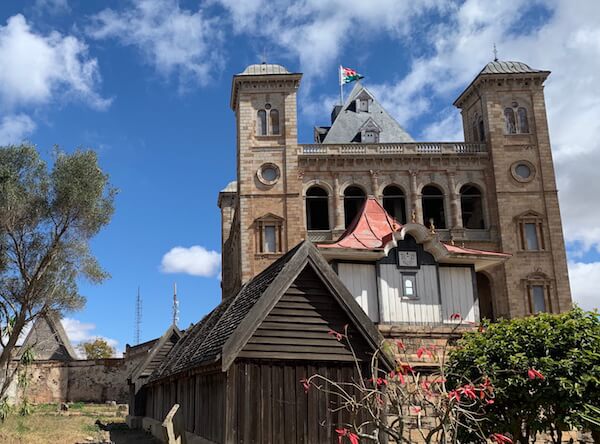 Antananarivo Queen's Palace or Rova
Antananarivo Queen's Palace or Rova8. Madagascar was ruled by various Merina kings from the 16th to the 19th century. The first royal residence of the Imerina Kingdom, however, was for a long time located in Ambohimanga just outside of Antananarivo.
9. The most famous and most popular Malagasy king is Andrianampoinimerina whose name means "The one who will always stay in the Merinas' hearts." Andrianampoinimerina was the last king who resided in Ambohimanga.
Ambohimanga is still a sacred site for the Malagasy and contains the old palace, sacred burial sites, holy stones, a holy fountain and a holy lake.
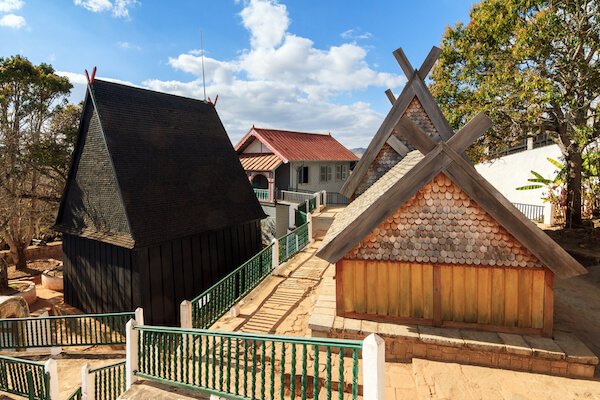 Ambohimanga Palace and Wooden Tombs
Ambohimanga Palace and Wooden Tombs10. Most houses in Madagascar even the palaces were build with wood or reeds before 1860. Only tombs or statues were made from stone. Stone as a 'non-living material' was only deemed suitable for the dead. Only after a royal decree was signed, stone walls were used to stabilise and to encase palaces and it was allowed to build brick-houses. Today the Malagasy make bricks using the soil that they dig out of unused rice fields. You can experience this everywhere.
11. Madagascar was a French colony from 1897 until 1968 and then gained full independence from France on 26 June 1960. The Malagasy celebrate their country's independence annually on this day.
12. Antananarivo is a twin city of Montreal/Canada, Suzhou/China, Nice/France and Yerevan/Armenia.
Facts about Madagascar | Geography
13. Madagascar split away from the African continent about 180 million years ago. About 80 million years ago the landmass broke away from India. Therefore it has a very unique flora and fauna. Madagascar is one of the 17 megadiverse countries in the world.
14. The country is also known as the "Great Red Island" for its iron-rich red soil. Intensive red soil is found mainly in the central highlands.
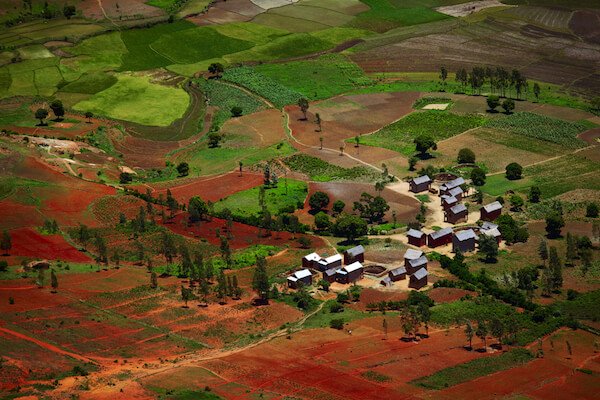 Malagasy village
Malagasy village15. The highest mountain of Madagascar is the Maromokotro, also known as Mount Tsaratanana, which is 2,876 m/ 9,435 ft high. This mountain is located in northeastern Madagascar.
16. Madagascar has three world heritage sites, one cultural and two natural sites. Eight more sites are currently under consideration.
The three UNESCO sites in Madagascar include the Royal Hill of Antananarivo, the Rainforest of Antsinanana and the Tsingy of Bemaraha which you can see below.
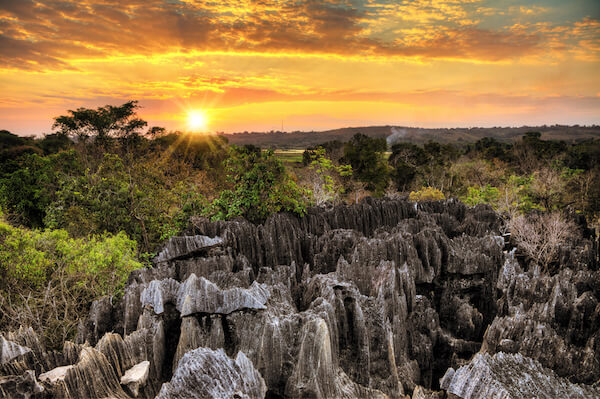 Tsingy de Bemaraha
Tsingy de Bemaraha17. The scenic Masoala National Park in northeastern Madagascar is the country's largest protected area which includes tropical rainforests, coastal forests and marsh land, mangrove areas and a large coral reef. Here you still can find rare rosewood trees or the elusive aye-aye, a nocturnal lemur with very long fingers.
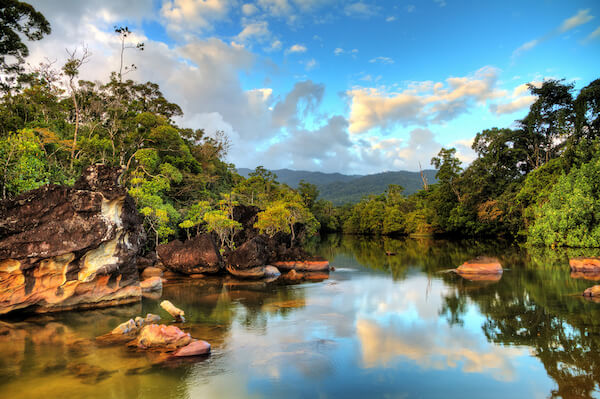 Madagascar Masoala National Park
Madagascar Masoala National Park18. Madagascars forests have been destroyed so much by human activity over the last centuries that only about 10% of the original forests remain. Since 1950s alone over 40% of the forests have been lost.
19. The baobab are a tree species that is endemic to Madagascar. The baobab alley in western Madagascar is home to six of the eight species of baobab that are found in Madagascar only. Some of the baobabs in this alley are up to 800 years old. The baobab tree is called reniala in the Malagasy language. Often people also refer to the tree as bottle tree as the trunk of the baobab tree stores lots of water. The baobabs have long trunks as they grow up to 30 m/ 98 ft in height.
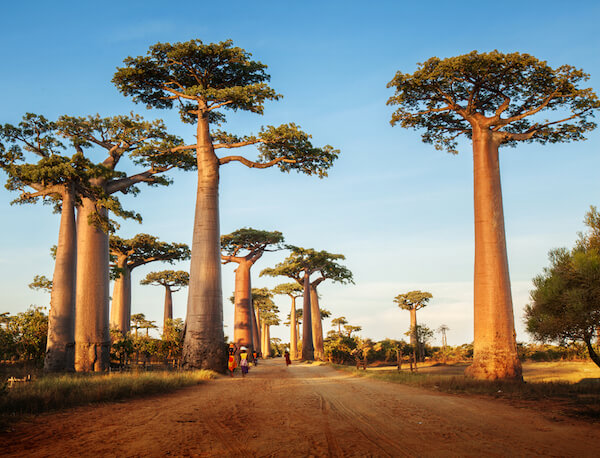 Famous baobab alley near Morondava
Famous baobab alley near Morondava20. The Ravenalla traveller palm tree is the national tree of Madagascar. This palm tree is shown on the Malagasy coins and on the logo of Air Madagascar.
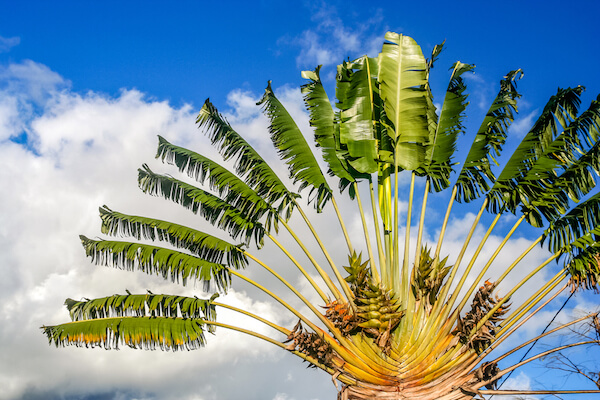 Ravenala palm tree
Ravenala palm tree21. The Toliara reef in eastern Madagascar is one of the largest coral reef areas in the world. It is also one of the most endangered reef systems in the world. Due to coral bleaching only half of the reef's corals are still alive.
Facts about Madagascar | People
22. The first people settling in the region came from the Malay archipelago about 2,500 years ago.
There are 18 main ethnic groups in Madagascar among them the Merina, Betsileo, Betsimisaraka, Tshimihety and the Sakalava. The largest group are the Merinas who mainly live in the centre of the country around the capital city. About a quarter of the population belong to the Merina ethnic group.
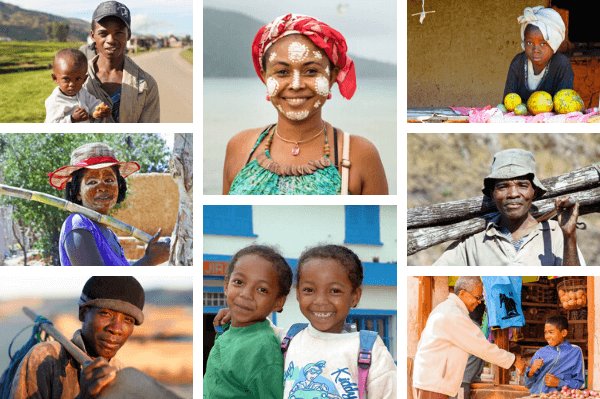 People of Madagascar
People of Madagascar23. Madagascar is home to about 27 million people and the majority of the population (60%) are young people under 25 years of age! Actually, almost 40% of the Malagasy are children under 14 years. This means there are large families and lots of poverty. 70% of the Malagasy live below the poverty line and have less than US$ 1.90 per day. Only 75% of the population can read or write.
24. Malagasy is the official and most commonly spoken language in Madagascar. French is also an official language and an important language in business. French is taught in some schools, while English and Italian are also spoken in tourist areas.
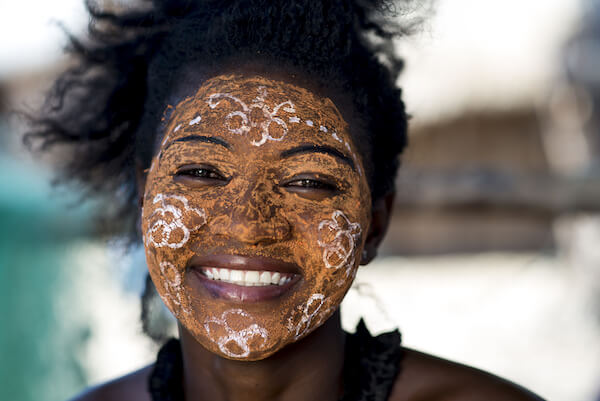 Sakalava woman - image by Pierre-Yves Babylon
Sakalava woman - image by Pierre-Yves Babylon25. The masonjoany is a face mask or face painting prepared from sandalwood powder and is used to protect the skin from the sun. Girls and women of the Sakalava people also often show beautifully painted faces and traditional clothes to proclaim their belonging to this ethnic group.
26. Among the most common and delicious traditional Malagasy dishes are Romazava, a stew which can be prepared with zebu, fish or chicken, Ravitoto, which is pork meat cooked in chopped cassava leaves and Mofogasy, a rice flour pancake.
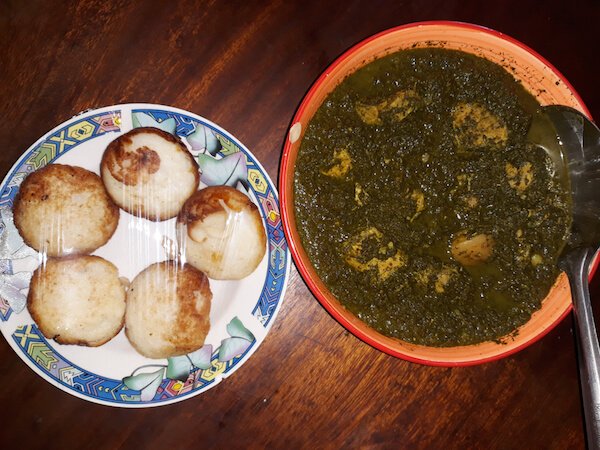 Traditional Malagasy meal: Mofogasy rice cakes and ravitoto
Traditional Malagasy meal: Mofogasy rice cakes and ravitotoFacts about Madagascar | Economy
27. Rice is the main staple food in Madagascar and about 85% of all Malagasy farmers grow rice. Rice is the most exported agricultural product of Madagascar.
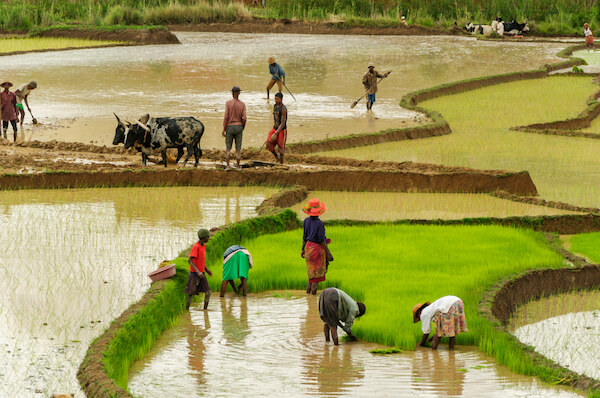 Rice field in Madagascar
Rice field in Madagascar28. Madagascar is the world's largest vanilla export country and produces about half of the world's vanilla crops. Vanilla is the second most expensive spice after saffron because it is very labour-intensive to grow vanilla plants.
Vanilla beans were introduced to Madagascar in the 19th century.
 Vanilla beans are prepared for the market
Vanilla beans are prepared for the marketOne kilogram of vanilla beans includes about 200 vanilla beans.
Vanilla is grown on vine-like plants. As the vanilla orchids flower only one day in the year, the farmer must quickly pollinate the flower by hand. When the pods have grown, the vanilla beans are picked when still not ripe, then soaked in hot water and after this laid out to dry for up to thirty days.
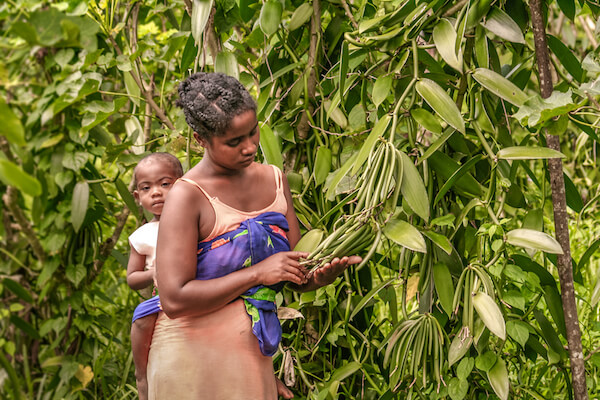 Vanilla bean farming
Vanilla bean farming29. Madagascar has numerous natural resources such as graphite, rare earth elements, coal, salt, quartz or semiprecious stones and seafood, of course.
Facts about Madagascar | Animals
30. The national animal of Madagascar is the zebu. Zebus are cattle which have a fatty hump on their shoulders and horns. They are well adapted to droughts and heat. Zebus are used as transport animals and raised for their meat and horns. The horns are used for tools and traditionally for decorations to tombs.
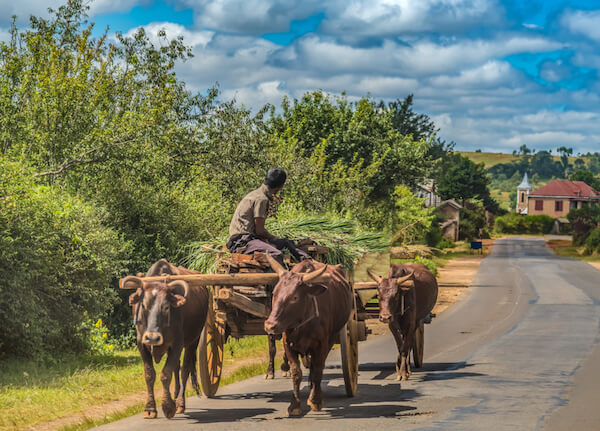 Zebu
Zebu31. About 80% - 90% of Madagascar's flora and fauna are only found on the island and nowhere else in the world!
32. There are 101 species of lemurs in the world, all of them living only in Madagascar. Lemurs are the world's most endangered mammals. 90% of the lemur species might even become extinct within the next 20 years if the rare primates will not be better protected.
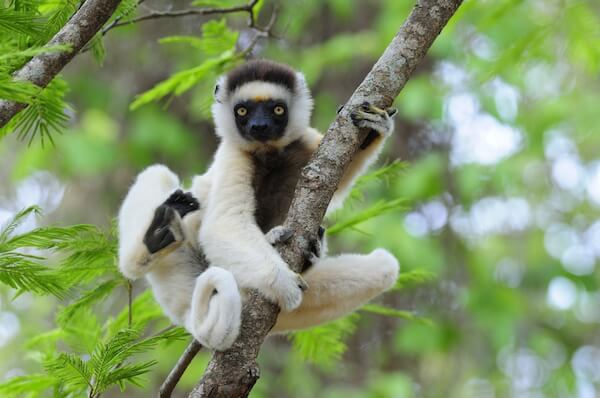 White sifaka
White sifakaLemurs vary in size, but they all have five digits and nails on their hands and feet and long snouts.
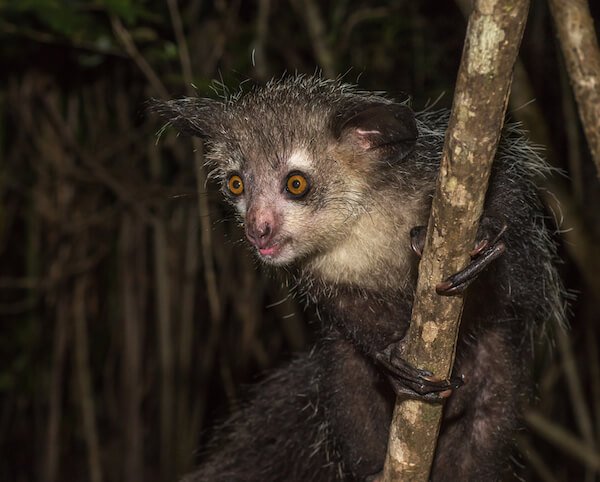 Long-fingered aye aye lemur
Long-fingered aye aye lemurThe Aye-aye is one of the rarest lemurs. This monkey has an especially long middle finger and is nocturnal. In fact, the aye-aye is the largest night active primate in the world.
Funny Facts about Madagascar - The Movie
Last but not least, let's finish this article with two funny facts about Madagascar. The famous 'Penguins of Madagascar' movie by Disney features four penguins. However, in reality there are no penguins living or breeding in Madagascar, except for one strange fellow, a Southern Rockhopper Penguin that seemed to have gotten lost on the island on 1956! And there are also no giraffes, no zebras, no lions and no hippos living in Madagascar.
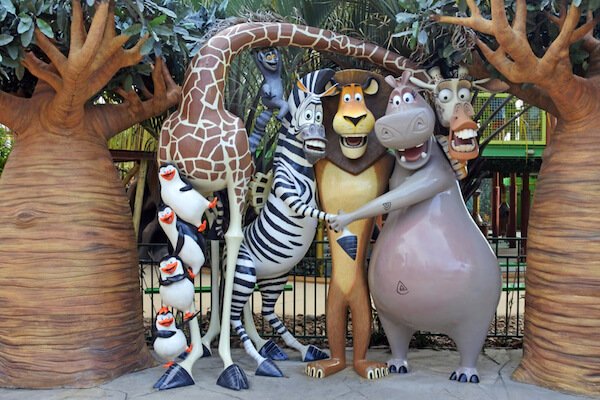 Madagascar characters in Disneyland Gold Coast
Madagascar characters in Disneyland Gold CoastWe hope you enjoyed reading our Facts about Madagascar. Do you want to share your travel insights to Madagascar with us? Please contact us here.
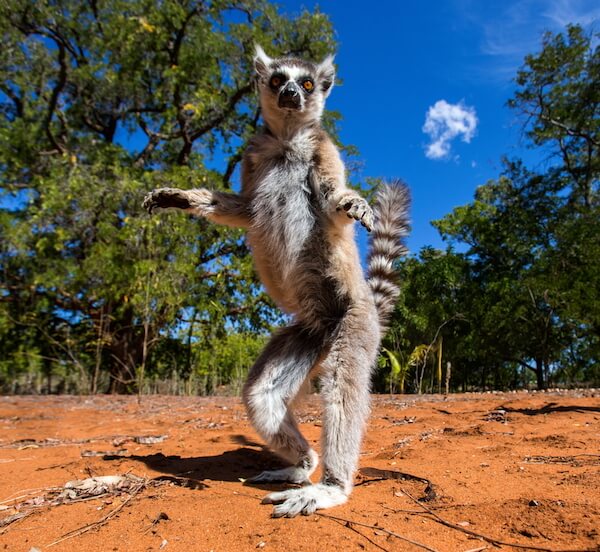 Dancing maki lemur
Dancing maki lemurPopular Pages
Facts about Madagascar: Resources
Resources for Facts about Madagascar page:
- Madagascar Treasure Island. "The Baobab, a Malagasy Tree." MadagascarTourisme. Last accessed 28 February 2023
- Ben Wedeman and Susannah Palk. "Is world's largest vanilla market on verge of collapse?" CNN. 9 July 2010. Last accessed 28 February 2023
- WCS Madagascar. "Toliara Seascape." MadagascarWCS.org. Last accessed 28 February 2023
- Graeme Patterson. "The Real Penguin of Madagascar." National Geographic. 24 January 2015. Last accessed 26 June 2020
- IUCN. "Sifaka" iucnredlist.org. Last accessed 28 February 2023
- UNESCO. "Madagascar's World Heritage Sites." UNESCO. Last accessed 28 February 2023
- Marg Engelbrecht. "Revealed: Why Malagasy Women Paint Their Faces." JenmanMadagascarSafaris. 27 December 2017. Last accessed 26 June 2020.
Image Credits on Facts about Madagascar: by Shutterstock.com, wikicommons, sxc.hu and own if not otherwise stated. Madagascar Vanilla - images by Pierre-Yves Babylon/ shutterstock.com; ricefields - image by OliverS/ shutterstock.com; Madagascar characters - image by ChameleonsEye/ shutterstock.com
Facts about Madagascar - people: man with child - image by Lubo Ivanco; Sakalava woman - image by Pierre-Yves Babylon; Marketstall boy - image Anton Ivanov; Twin girls - image Muriel Laure; Fisherman - image by Dieter Temps/ all shutterstock.com
Winning Essays 2025
|
Please take note
|
***
More Countries in Africa
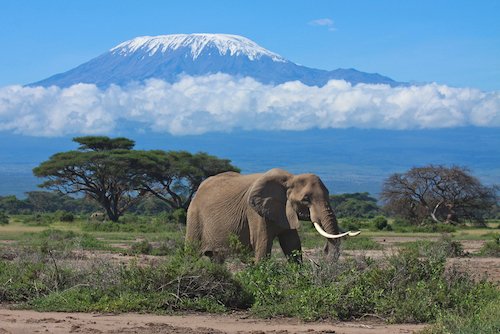 Tanzania
TanzaniaLike what you read?

|
Simply share the html code below. Copy and paste onto your website, blog or Facebook page: <a href="https://www.kids-world-travel-guide.com/facts-about-madagascar.html">Kids World Travel Guide: Facts about Madagascar</a> |
